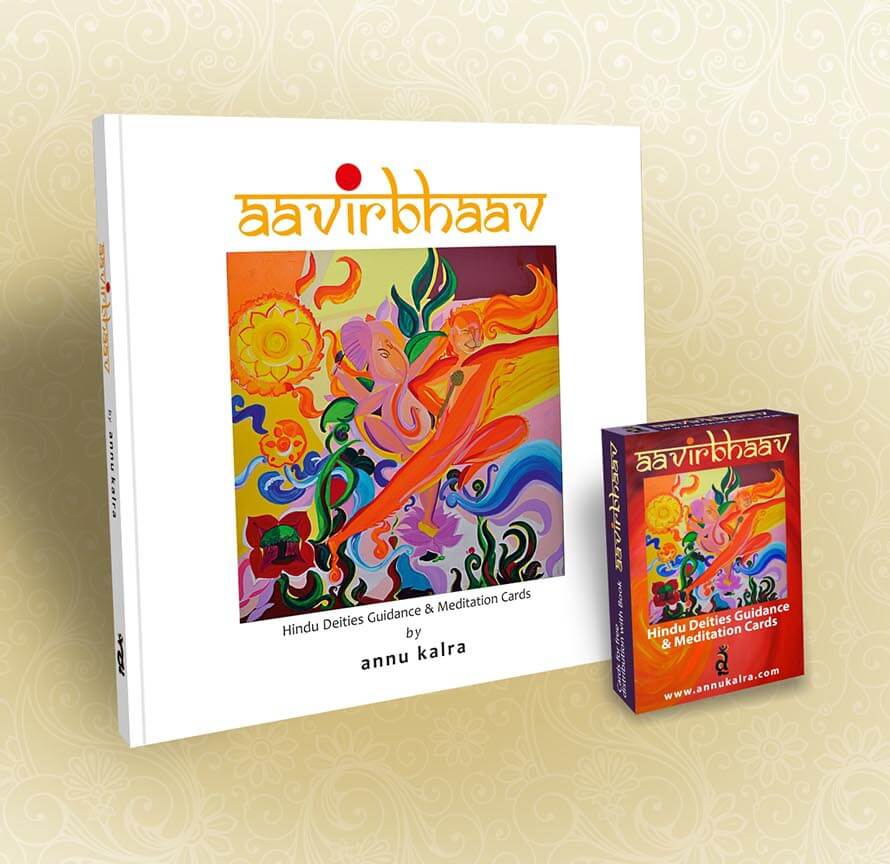From the 17th of July 2015 begin the Ashadha Navratri, also known as Gupt Navratri and also as the Gayatri Navaratri.
These are not the days when you will find special thali meals for those observing the fast at fast food chains. Neither are these days for delighting in dance and revelry in the guise of Garbha. Nor does it culminate in ostentatious gifting, and feasting and gambling in the name of Dusserah and Diwali. The Gupt navaratras are followed by serious saadhaks, who believe that all of life, the cosmos itself is Shakti. She who is considered the embodiment of energy and dynamism is celebrated. Obeisance is paid to her many forms. This maybe in the form of mantra chanting, tantra images, different set of anushthans, fasting, mauna or any other rituals that have developed over the years.
While we may not resonate with some tenets or with (aspects of) many rituals, there are some elements which when interpreted in a logical manner can enable a better understanding of our world and lives. I had written an article about Interpretting Navaratras a while back. It is a period of celebrating and revering the feminine energy in its myriad forms. Recognizing and celebrating the multifaceted woman in her many roles as mother, sister, leader, politician, business partner, teacher is not just a modern trend, our scriptures have been doing it for eons. They even had periods and programmes devoted to it, four times a year. Observing and following the programme enabled appreciation of the many forms of women at a social level and strengthening of the feminine energy at the inner level. Enquiring into the programmes, which we have made rituals out of, reveals the depth of knowledge and extent of understanding of our Ancients on so many aspects; of diet, of weather, social impulses, personal desires, interpersonal challenges, role of sound, disease, cure, psychological challenges and so much more. Just the interpretation of the nine forms of Ma Durga is a lesson in the development of a fetus!
When stripped of the dogmas and interpreted in a logical manner, the wisdom of the Ancients could greatly support our well being. Those of us wanting to go on a detox programme could benefit from using this period of fasting as the window of opportunity for the same. I have heard that instead of being on a regular dieting spree, fasting for a day or two in a week is more effective for weight loss and well being. The Hindu system of fasting, of a particular Diety’s fast for a particular day of the week, may have some merit after all. Of course provided we do not get carried away by ritualistic behavior but follow the essence of it. For eg..those who have anger issues are recommended to keep the Thursday fast. Now, Thursday is the no salt fast, a logical preventive measure for someone who maybe prone to hypertension! The person however, if consumed large quantities of fried foods even though refraining from salt, may not derive health benefits from the fasting .
I remember a whole section and generation of women who fed their babies formula instead of breast feeding them, under the guise of being modern, thereby depriving them of unsurpassed source of nourishment. May we not end up making a similar mistake by denying and rejecting some ancient tenet just because those who propose it have not explained(maybe not even understood) the essence of it but instead made a mess of it in the name of religion. Let’s not throw the baby out with the bathwater.
Let us take advantage of the timing of these forthcoming days. Let us develop a practical programme for wellness taking cues from our Ancients. I know of two religions that are advising fasting in these days. Don’t fast if you don’t wish to. Just abstain from excesses for the next few days. A slowing down of the body and its senses may be just the kind of reboot life requires at the physical, mental, emotional and etheric level!
In silence














